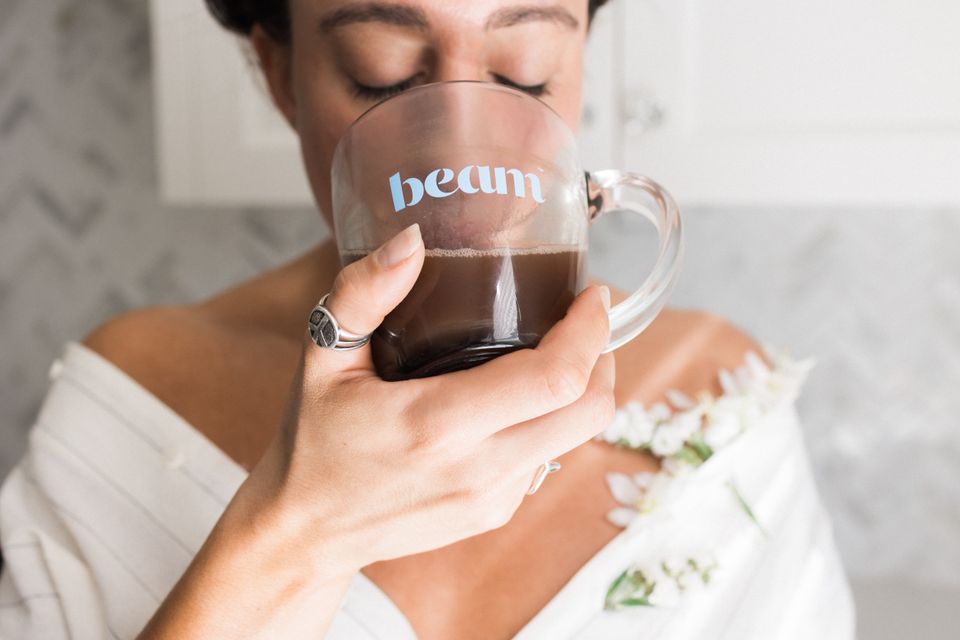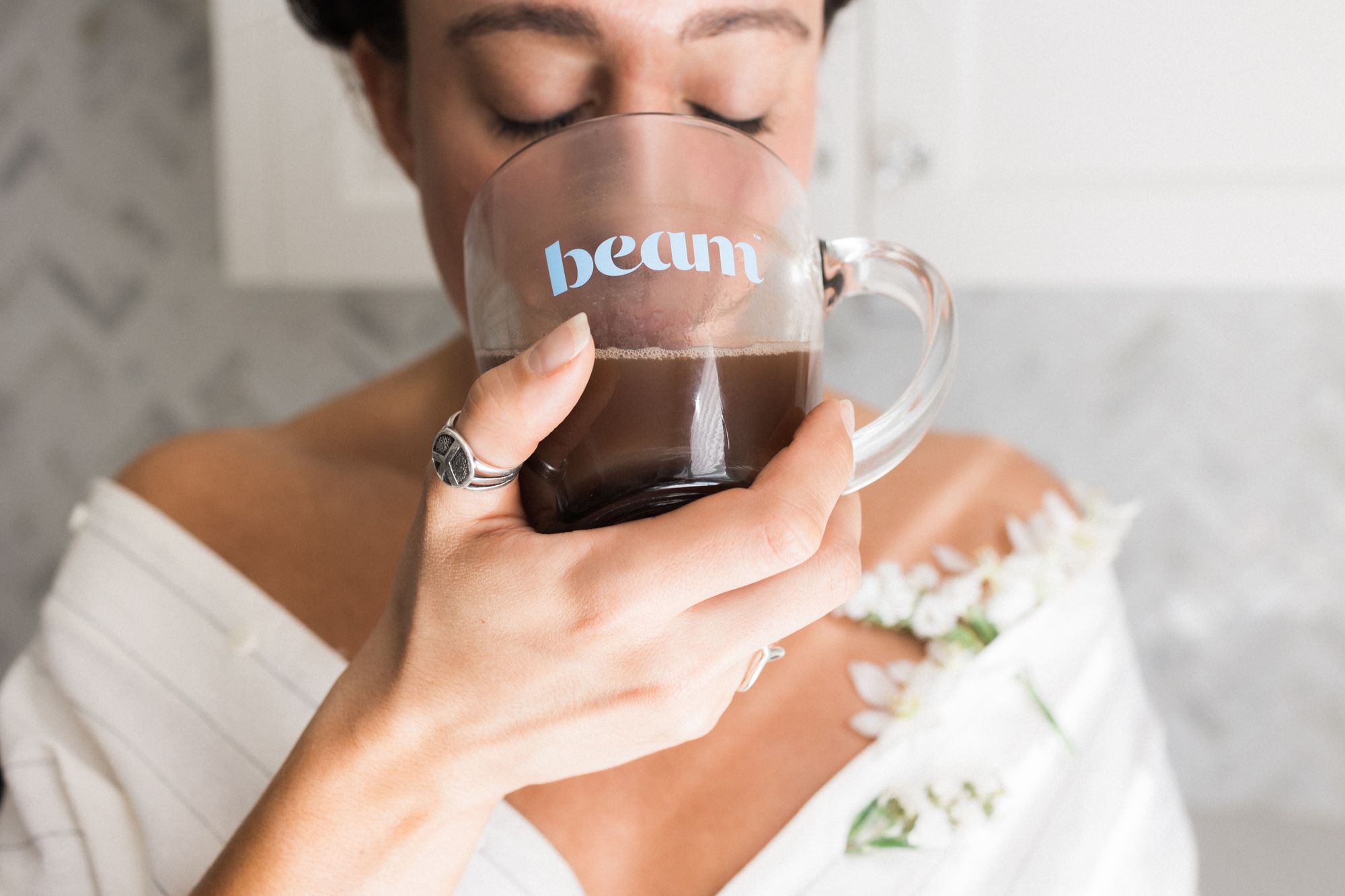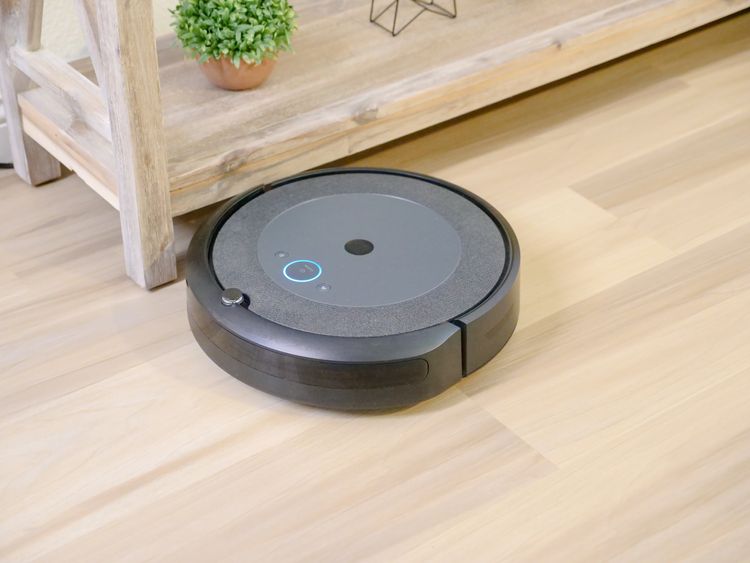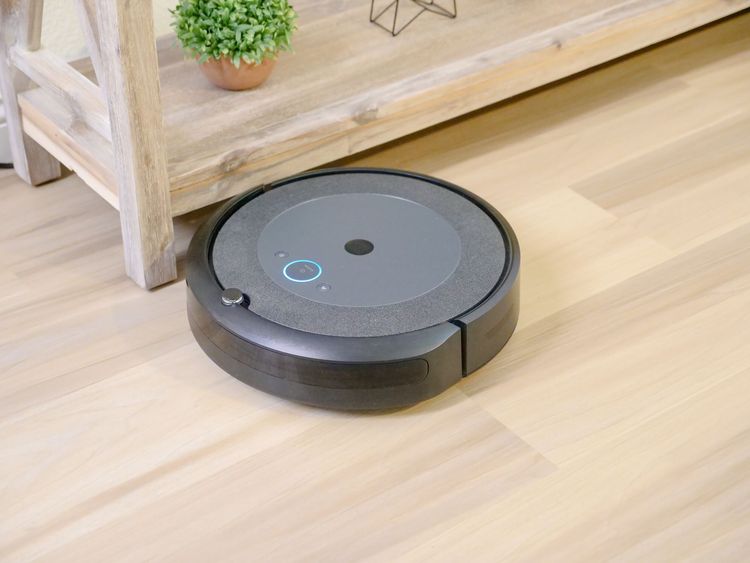🦀 PT Crab Issue 107 - The Effectiveness of Efficacy

This week we’re going back into the mind for a series of articles that’s useful across the spectrum of care. It’s about self-efficacy. We’ll talk about how it changes the course of care, how to measure it, and how to improve it. For what it is, self-efficacy is one’s belief in one’s ability to execute a task. It’s task-specific, so can vary based on what you’re asking someone to do. More details about how it affects outcomes and how to measure and change it in the papers below.
Also this week, it’s fall! Technically. I’ll be out enjoying the cool weather while rock climbing in my wool shirts this weekend, fully embracing what it means to be in the fall spirit. I’m also heading to a local native plant sale as we start to refresh our back yard with fall plantings. What are you up to this weekend? Let me know via email or via commenting on this article on the website.
And if you’ve recently sent me an email and haven’t heard back, sorry! It’s been a busy week but I’ll be in touch personally soon.
With that, let’s dive in!
This week’s PT Crab is brought to you by Beam. More details below.
How Self-efficacy Mediates LBP Rehab
The Gist - This 2020 piece from JOSPT looks into how self-efficacy and fear avoidance beliefs mediate function and pain changes in people with acute and chronic LBP. They analyzed data from 418 patients in this retrospective study, looking to find out how LBP status was predicted by fear avoidance and self-efficacy. All patients reported to clinic with acute or chronic LBP and filled out an FABQ (Fear-Avoidance Beliefs Questionnaire) and a CPSS (Chronic Pain Self-efficacy Scale) at the beginning and end of their treatment in outpatient PT. Across the whole spectrum, there was an increase in functional status and reduction in pain and significant reductions in fear avoidance with increases in self-efficacy. But the statistics were able to show even more. Self-efficacy, not fear avoidance was shown to be a mediator of functional improvement. Surprisingly, fear avoidance beliefs weren’t shown to mediate improvement.
Importantly, none of the therapy was controlled to improve self-efficacy, they were just observing what had already happened.
Tell Me More - Later on in the paper, the authors discuss specific strategies to boost self-efficacy that are potentially useful in clinic.
Four strategies that have been identified in the literature to enhance self-efficacy for physical function include: (1) performance accomplishments (i.e., individuals perception of improvement), (2) vicarious experience (i.e., observing the accomplishments of others), (3) verbal encouragement (i.e., positive feedback), and (4) perceiving physiological and affective responses related to an activity (i.e., patient is able to see improvement).
For King Crab subscribers, we get more into this information in the other papers below too. If you want it all, become a supporter here. The first month is free!
This is one of the first papers to specifically look into the psychological improvements associated with LBP recovery and use that as an outcome measure, which is great! But it doesn’t tell us anything about how to improve self-efficacy or even if pursuing its increase is a good approach to treatment. What we do know is that it mediates improvement and hopefully we’ll discover more about this in future.
Paper? Got it.
Want to sleep better? Try Beam.
Beam is a wellness brand best known for their CBD hot chocolate, designed to help you sleep better. It has 0 added sugar and is filled with ingredients designed to help you fall asleep better. Their hot chocolate is lightly laced with cinnamon and their fall special features a pumpkin spice version, if that’s your jam.
Readers of PT Crab get a free milk frother and 35% off their first order from ShopBeam.com and 20% off every order after with promo code TONIC. That’s at ShopBeam.com. Please use our link so they know we sent you!

From the Archives: A New Feature
Now that we’re solidly into 400 articles summarized, I’m going to be pulling one a week from the archives to further flesh out the Crab. You may well have seen it before, so take it or leave it each week. This week, we’re looking into a piece from Issue 65 about treating incontinence in men. For more from the archives, head to PTCrab.org and search for your preferred topic. King Crab supporters get a full archive, while an abbreviated collection is available to free subscribers. To see it all, become a supporter here.
Treating Male Incontinence, Part 1
The Gist - In a first for PT Crab, there’s so much in this paper that we’ve decided to split it across two editions so we can really dig into it. This is a topical review from the Journal of Physiotherapy that looks at the PT management of incontinence in men. This is an emerging field, especially as more men get and survive prostate cancer. According to the author, incontinence affects 5-23% of men and prevalence increases with age. The open access paper goes deep into the anatomy of the male urinary system and I highly recommend it. It’s unlikely this was covered in school and the author does a fantastic job in the overview they provide. The gist is that there are a lot of muscles that control the urinary system and they “contribute to the control of urethral pressure by differentially activating in a coordinated manner.” It’s especially complex since “Voiding is not simply the reversal of storage. A complex series of coordinated peripheral and central pathways, mainly under parasympathetic control, relax the urinary sphincters while activating the detrusor muscle.” But let’s get to management.
Principles of management include a detailed history of the problem and its impact on psychological well-being. Pelvic floor muscle contractions should be visually observed via perineal palpation and observation and pelvic floor muscle training with a focus on coordination. The author recommends “instructions focusing attention on the anterior pelvic floor, men should be taught to correctly activate the pelvic floor. Wording the instructions as ‘stop the urine !ow’ or ‘shorten the penis’ will help men to focus on the area that includes (the striated urethral sphincter.” The author then continues:
Once they have the correct instructions, men who had a radical prostatectomy need to learn to tighten the SUS in anticipation of an increase in intra-abdominal pressure. As strength is usually not the main issue with post-prostatectomy incontinence, sets of maximum strength or quick contractions should not be the focus. Instead, men need to be encouraged to tighten the PFM in anticipation of a leak occurring.
That’s about all I can fit in here without going way too long, but I highly recommend you check out the paper. Next week, we’ll talk about prehab to avoid post-prostatectomy incontinence and approaches for fecal incontinence as well.
Paper! Yes! Please just read the whole thing. It’s a very well-written narrative review that breaks down a very important topic area. One study found that 69% of people “considered bladder and bowel incontinence as health states the same or worse than death,” so this is very important. And it’s open access! Here you go.
And that’s the week! I hope you enjoyed this dive into the mental side of rehab and see how it can affect your practice all across the continuum of care. I really enjoy this side of PT and personally want to see a lot more research into it.
If you have any particular interests that I should look into, please let me know! Now that I’ve gone more topic-based, I’m planning farther into the future and would love to get your topic on my list. Just comment on this article on the site or email Luke@PTCrab.org
Have a great weekend,
Luke
Here’s this week’s bibliography:
- Nahon, I. (2021). Physiotherapy management of incontinence in men. Journal of Physiotherapy, 67(2), 87–94. https://doi.org/10.1016/j.jphys.2021.02.010
- Riley, S. P., Bialosky, J., & Coronado, R. A. (2020). Are Changes in Fear-Avoidance Beliefs and Self-efficacy Mediators of Function and Pain at Discharge in Patients With Acute and Chronic Low Back Pain? Journal of Orthopaedic & Sports Physical Therapy. https://doi.org/10.2519/jospt.2020.8982






Comments
Want to leave a comment and discuss this with your fellow PTs? Join PT Crab and get summarized PT research in your inbox, every week.